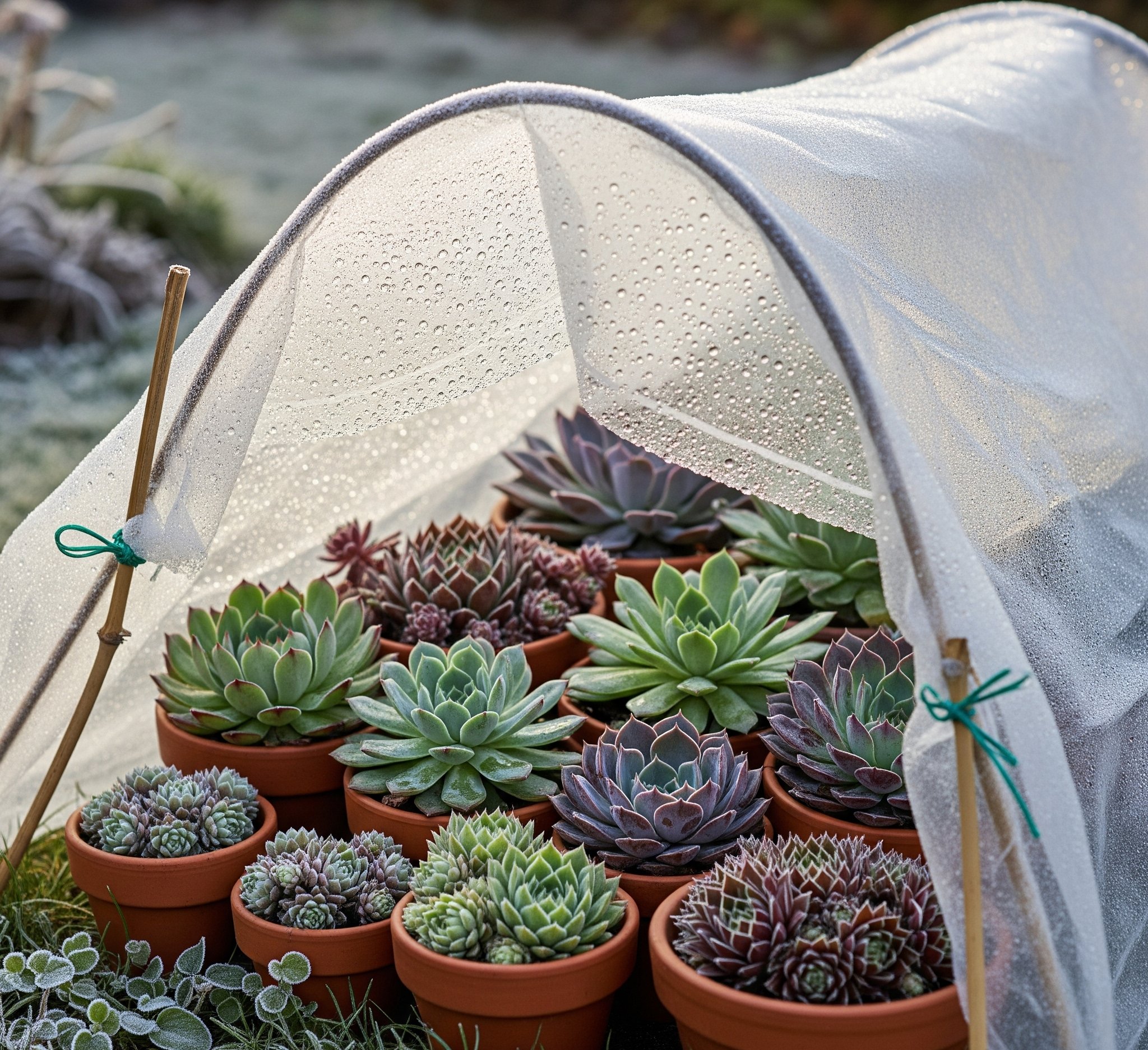How To Protect Succulents From Frost
Frost poses a real threat to succulents, especially tender varieties that cannot handle freezing temperatures. You can protect your succulents from frost by moving them indoors, covering them with frost cloths, and adjusting your watering routine to prevent root damage. Simple steps like these keep your plants healthy through cold nights and ready to thrive once warmer weather returns.
Not all succulents react the same way to cold. Hardy types like Sempervivum may survive outdoors, but softer varieties such as Echeveria or Crassula need extra care when temperatures drop. Knowing which type you have helps you decide whether to shield them outside or bring them inside for the season.
By learning how frost affects succulents and using a few practical strategies, you can avoid common mistakes that lead to damage or loss. With the right approach, your plants stay strong through winter and bounce back when spring arrives.
Key Takeaways
- Frost can damage succulents if not managed properly
- Simple protection methods keep plants safe in cold weather
- Proper care helps succulents recover and stay healthy long-term
Understanding Frost Damage in Succulents
Frost can injure succulents by rupturing their cells, weakening their structure, and sometimes killing the plant. The level of damage depends on the type of succulent, the length of exposure, and how low the temperature drops.
How Frost Affects Succulent Tissues
When temperatures fall below 32°F (0°C), water inside succulent leaves and stems can freeze. Ice crystals expand and puncture cell walls, leading to soft, mushy, or blackened tissue.
Succulents store water in their leaves, which makes them especially vulnerable compared to plants with less moisture. Even a short frost can cause lasting injury if the plant cannot repair the broken tissue.
Light frost may only damage leaf tips, while a hard frost lasting several hours can collapse entire plants. Once cells are destroyed, the affected parts cannot recover, though undamaged areas may survive with proper care.
Vulnerable and Hardy Succulent Types

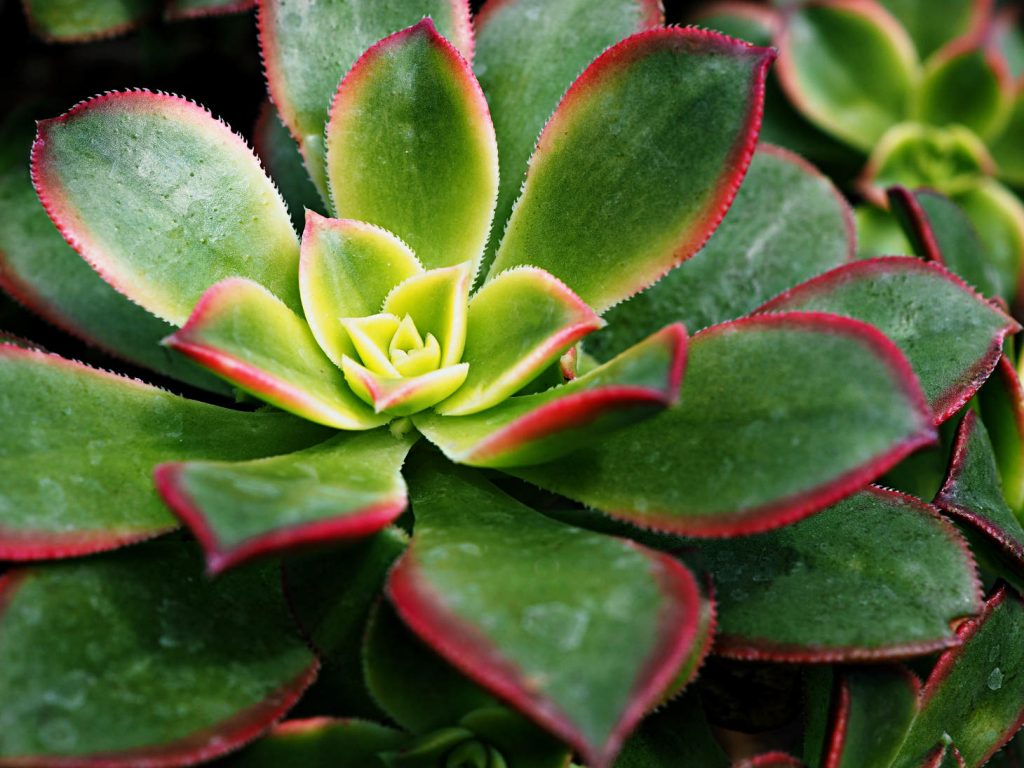
Not all succulents respond to frost in the same way. Tender species such as most echeveria, aeoniums, crassulas, and kalanchoes are highly sensitive and often show damage after even mild frost. These plants usually thrive in warm, dry conditions and lack strong cold tolerance.
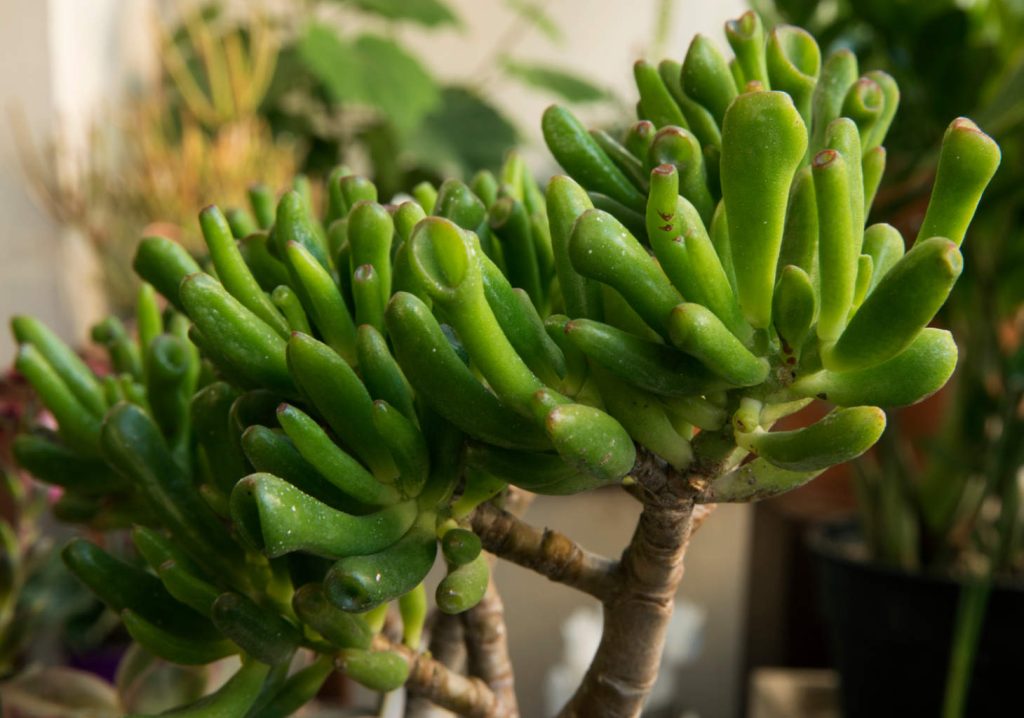
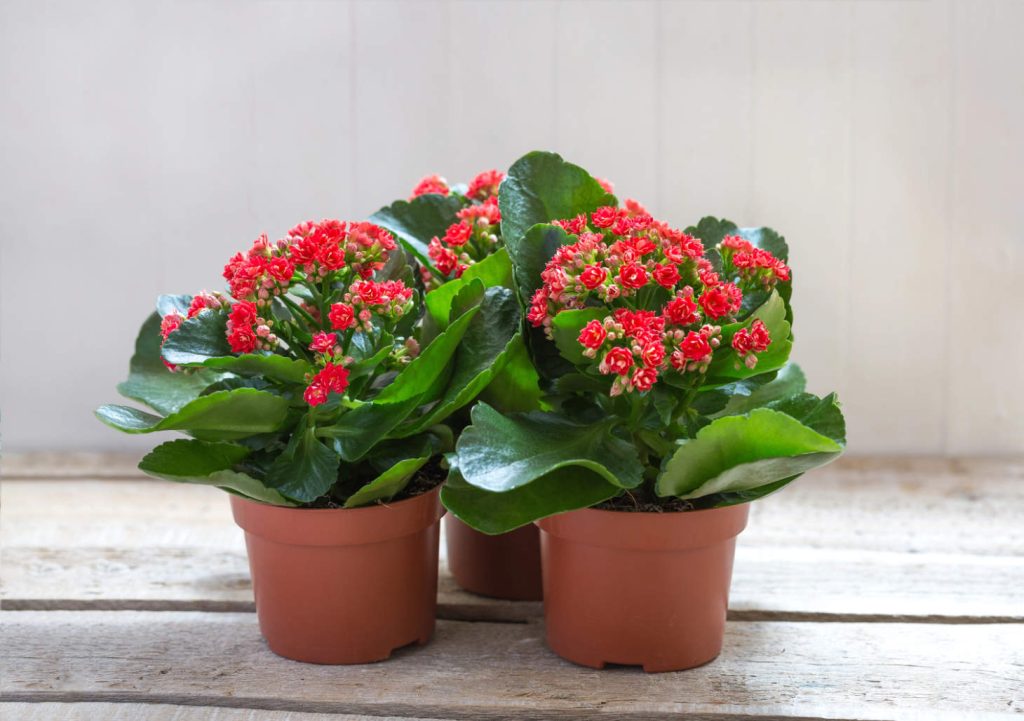
In contrast, hardy succulents can survive freezing weather. Many varieties of sempervivum, sedum, and agaves tolerate temperatures well below freezing. For example, certain sedums and sempervivums withstand lows near -20°F, making them suitable for outdoor gardens in colder climates.
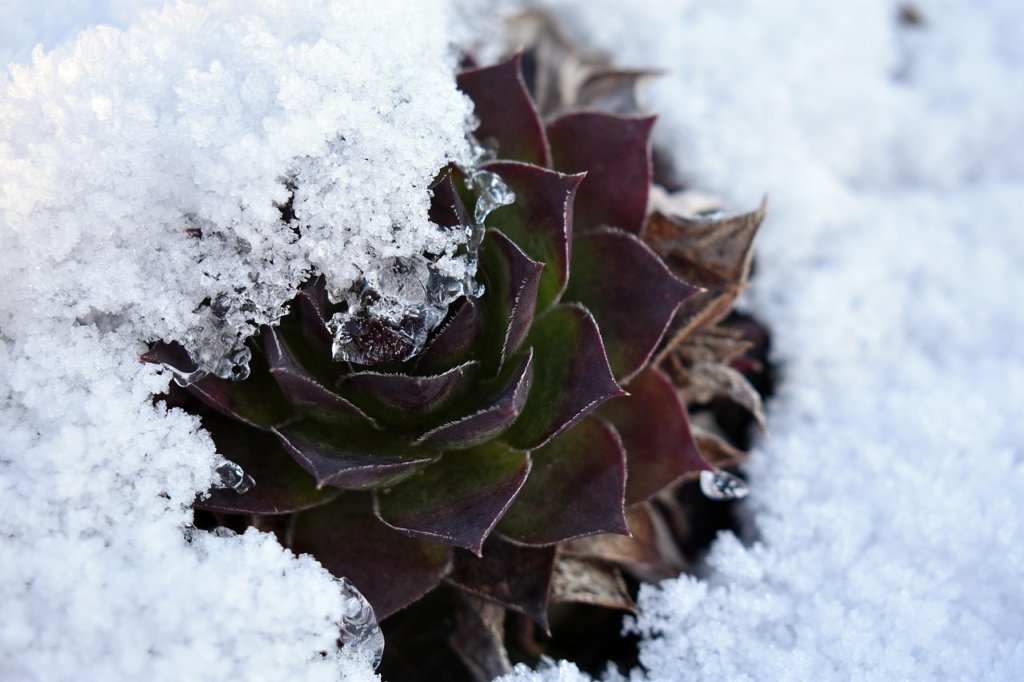
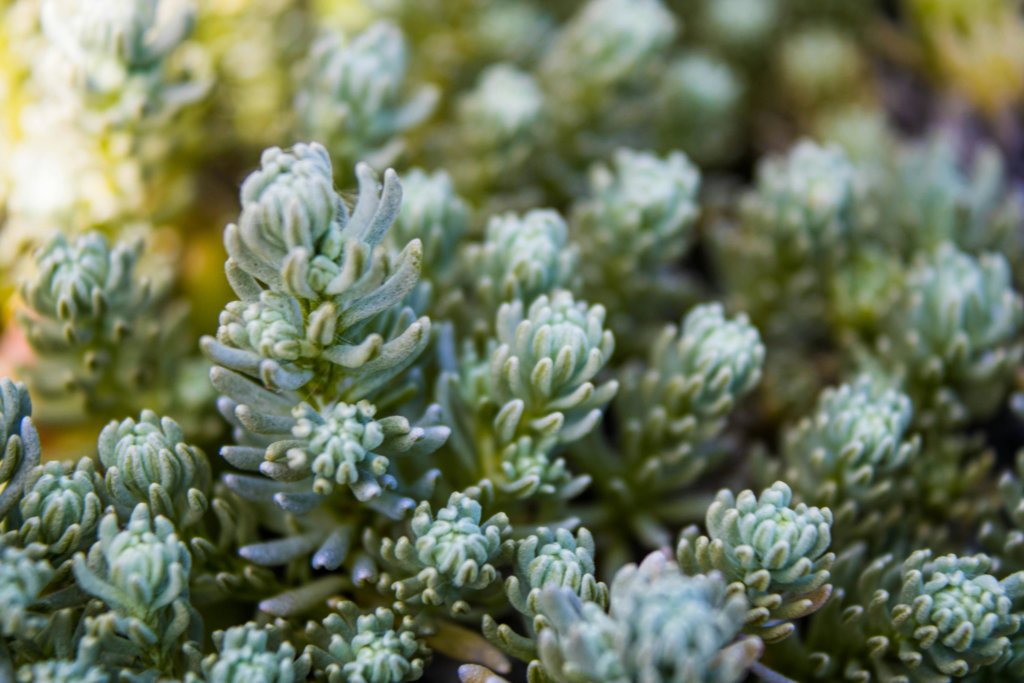
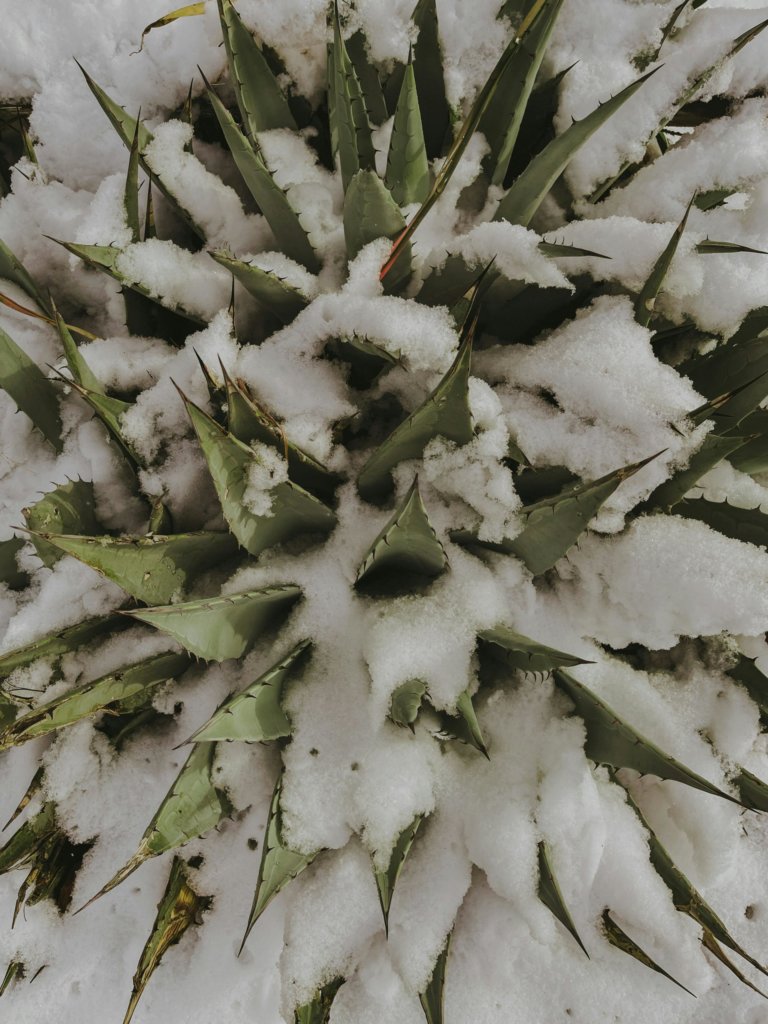
Knowing which group your plant belongs to helps you decide whether it needs extra protection or if it can remain outdoors through winter.
Recognizing Signs of Frost Damage
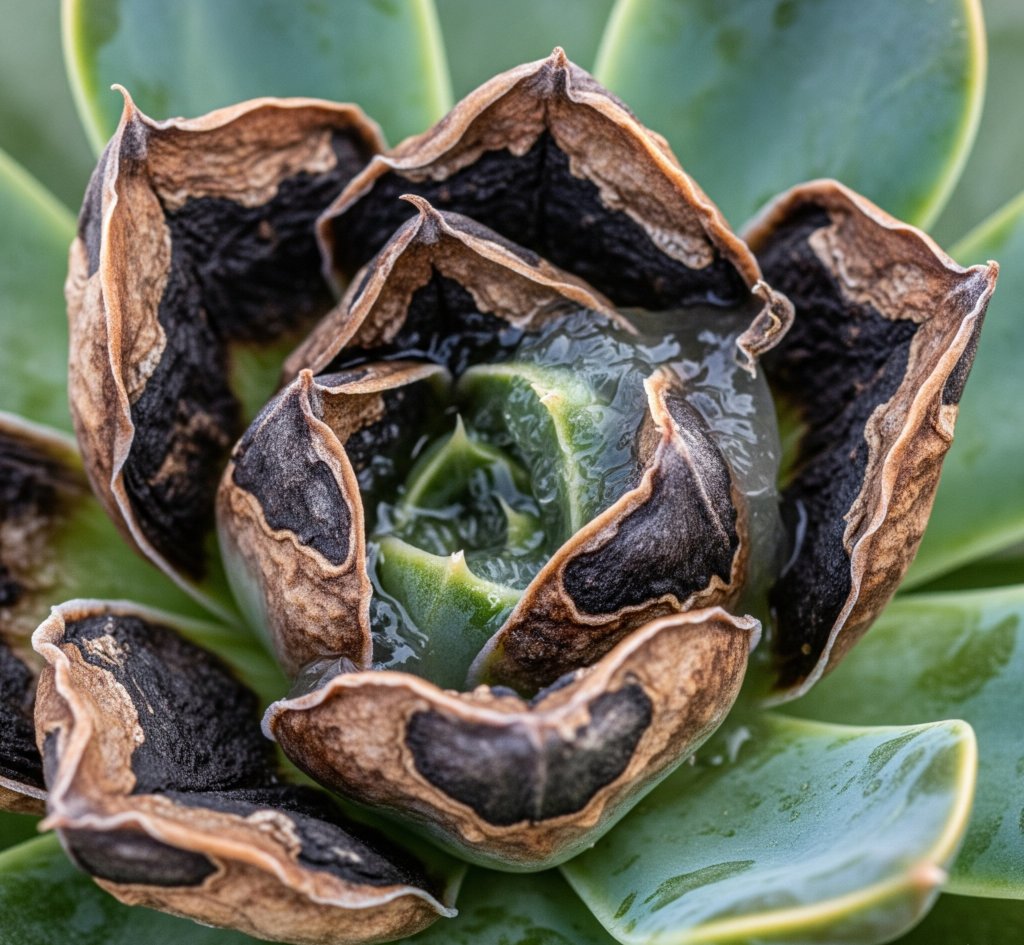
You can spot frost damage by checking for changes in color and texture. Damaged leaves often appear brown, black, or translucent. They may feel soft, mushy, or water-soaked.
In mild cases, only the outer tips or edges of leaves show injury. Severe frost often causes entire rosettes to collapse or stems to shrivel.
Inspect your succulents the morning after a cold night. Early detection lets you remove damaged tissue before rot spreads. Keeping track of local frost forecasts also helps you act quickly to prevent further harm.
Essential Frost Protection Strategies
Protecting succulents from frost involves creating barriers against cold air, insulating the soil, and controlling how much exposure plants have to freezing temperatures. Simple tools like frost cloth, mulch, and small protective structures can make the difference between healthy plants and frost damage.
Using Frost Cloth and Covers
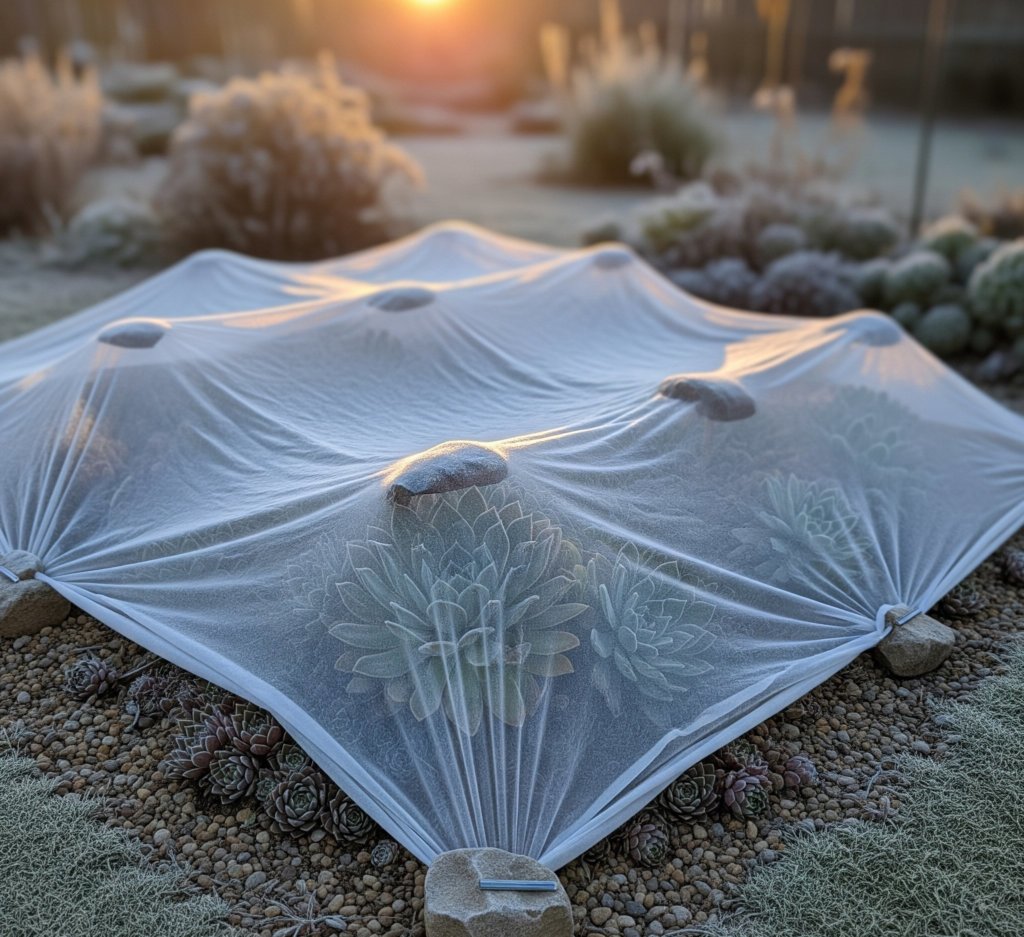
Frost cloth is a lightweight, breathable fabric designed to trap heat around plants while still allowing air and light through. You can drape it directly over your succulents or secure it with stakes to prevent contact with delicate leaves.
Unlike plastic sheeting, frost cloth reduces the risk of overheating during the day and avoids trapping moisture that can cause rot. If you only have plastic available, make sure it does not touch the plants and remove it during sunny hours.
Covers should extend to the ground to trap radiant heat from the soil. For extra protection, use two layers of frost cloth or combine cloth with a lightweight blanket during nights with hard frost.
When covering potted succulents, move them close together before draping the cloth. Grouping plants helps conserve warmth and makes it easier to cover them securely.
Applying Organic Mulch for Insulation

Mulch acts as a natural insulator, keeping soil temperatures more stable during freezing nights. A layer of 2–3 inches of organic mulch such as shredded bark, straw, or dry leaves helps shield roots from sudden temperature swings.
Apply mulch around the base of outdoor succulents, but avoid piling it directly against the crown of the plant. This prevents excess moisture from sitting against the stems, which can lead to rot.
Mulching works especially well for ground-planted succulents where roots are more exposed to cold. In regions with repeated frost, refresh the mulch layer during the season to maintain its effectiveness.
For added protection, combine mulch with frost cloth or cloches to protect both the roots and foliage.
Building Mini Greenhouses and Cloches

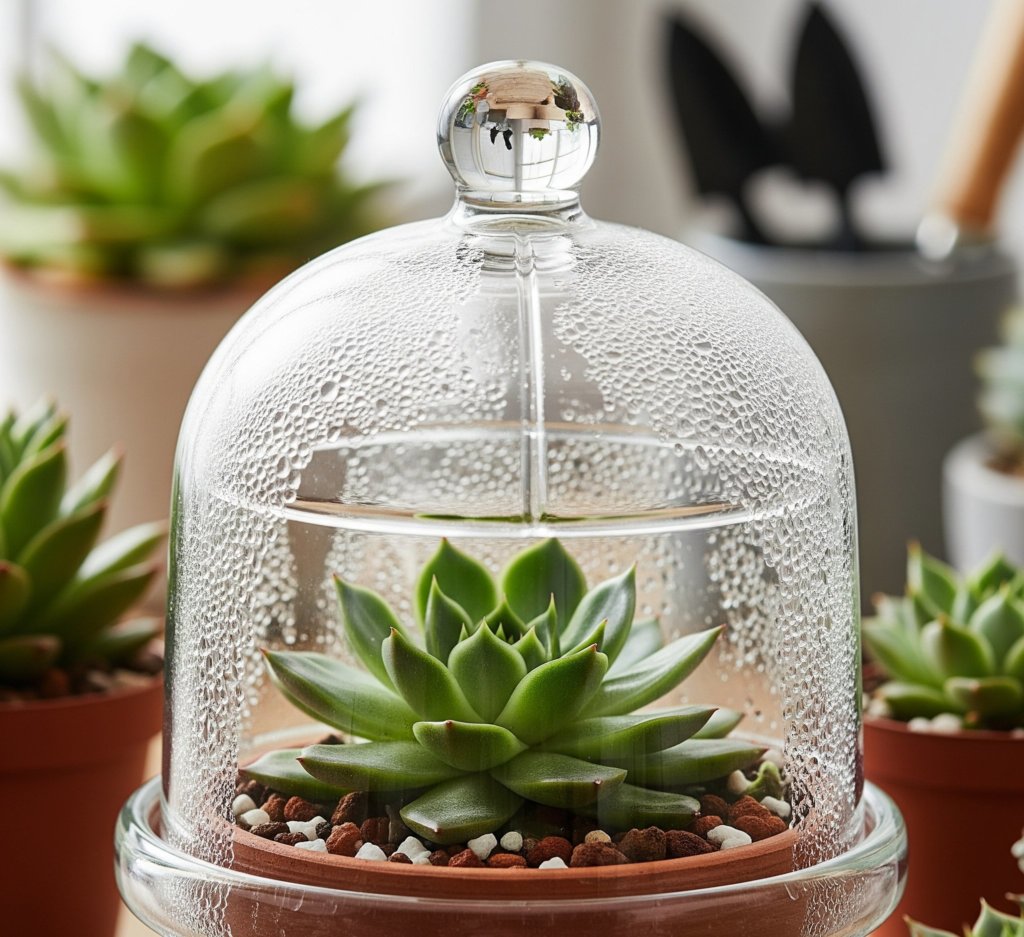
Mini greenhouses and cloches create controlled environments that block frost and trap warmth. A cloche is a small, dome-shaped cover made from glass or plastic that fits over individual plants. They are quick to place and remove, making them practical for sudden cold snaps.
For larger groups of succulents, you can build a simple mini greenhouse using PVC pipes and clear plastic sheeting. The frame should allow enough airflow during the day to prevent overheating, while still sealing in warmth at night.
Cloches and mini greenhouses are most effective when anchored securely to prevent wind from lifting them. Ventilation is important, so open them on warmer days to avoid excess humidity that can encourage fungal growth.
These structures are reusable and can be adjusted in size, making them a long-term frost protection option for outdoor succulents.
Preparing Succulents for the Winter Season
Cold weather affects succulents in different ways depending on the type, their location, and how they are cared for. Protecting them during the winter season requires gradual changes, careful watering, and smart placement to reduce frost damage.
Acclimatizing Outdoor Succulents
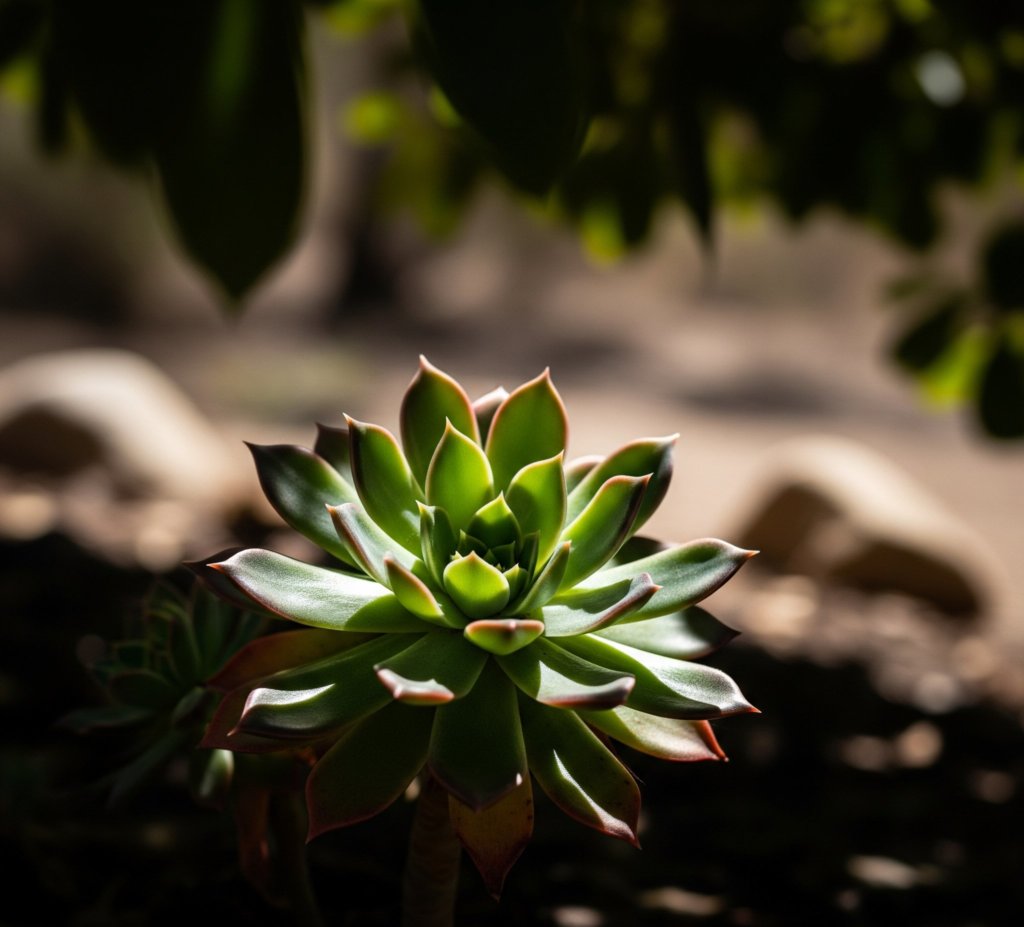
You should start preparing outdoor succulents before the first frost arrives. Sudden shifts in temperature can shock the plants, so move them gradually from full sun to areas with partial shade. This helps them adjust to shorter days and cooler nights.
Cold-hardy varieties like Sedum and Sempervivum can remain outside in many regions, but tender types need extra protection. Covering them with frost cloths or breathable fabric during freezing nights prevents frost burn while still allowing air circulation. Avoid using plastic, which traps moisture and causes rot.
If you live in a region with heavy snow, place outdoor succulents under eaves or in sheltered spots. Snow can insulate in small amounts, but too much weight damages leaves and stems. Elevating pots on stands also reduces contact with frozen ground.
Adjusting Watering and Fertilization
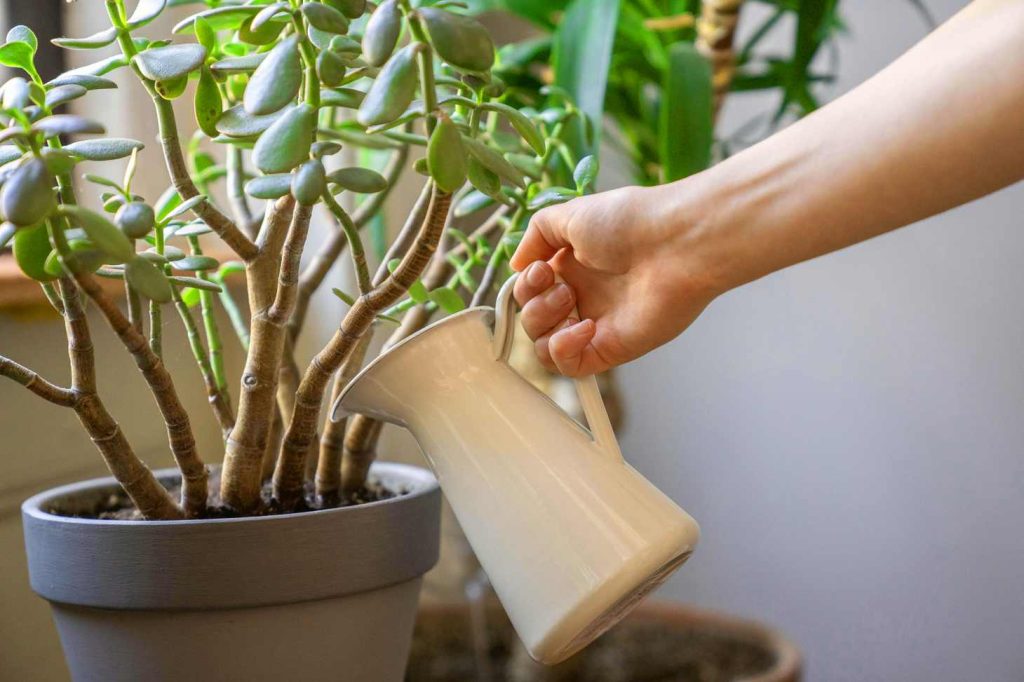
During the winter season, succulents enter a slower growth phase. You should reduce watering because cold weather and shorter days mean the soil stays moist longer. Overwatering in these conditions often leads to root rot.
A simple rule is to water only when the soil is completely dry. For potted succulents, check the first inch of soil with your finger. If it feels damp, wait a few more days before watering. Use pots with drainage holes to prevent water from sitting at the bottom.
Stop applying fertilizer in late fall. Extra nutrients encourage new growth that cannot survive frost. Instead, let the plants rest until spring when they can safely resume active growth. This cycle keeps them strong and less vulnerable to cold damage.
Grouping and Relocating Succulents
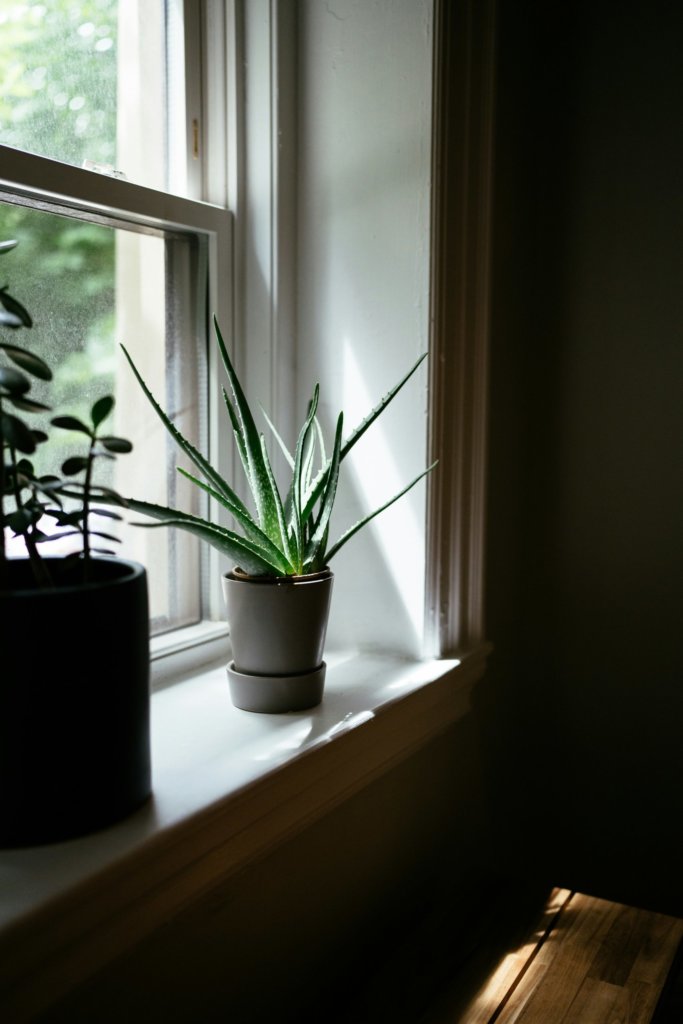
Moving succulents to safer spots makes a big difference in winter survival. Grouping pots together creates a shared microclimate where plants protect each other from wind and frost. Place them close to walls, fences, or other structures that radiate warmth at night.
For tender succulents like jade plants or aloe vera, relocation indoors is often the best choice. Choose a bright window that gets at least 6 hours of light per day. If natural light is limited, use a grow light to prevent stretching.
When bringing plants inside, check for pests before moving them. Isolating new arrivals for a week helps avoid spreading insects to other houseplants. Indoors, keep temperatures above 50°F and avoid drafts from doors or heating vents. This stable environment allows succulents to rest safely until spring.
Long-Term Care and Recovery After Frost
Frost can damage leaves, stems, and roots, but not all plants are lost. Some succulents recover with careful pruning and adjusted care, while others may need replacing with more cold-tolerant types.
Assessing and Treating Frost-Damaged Plants
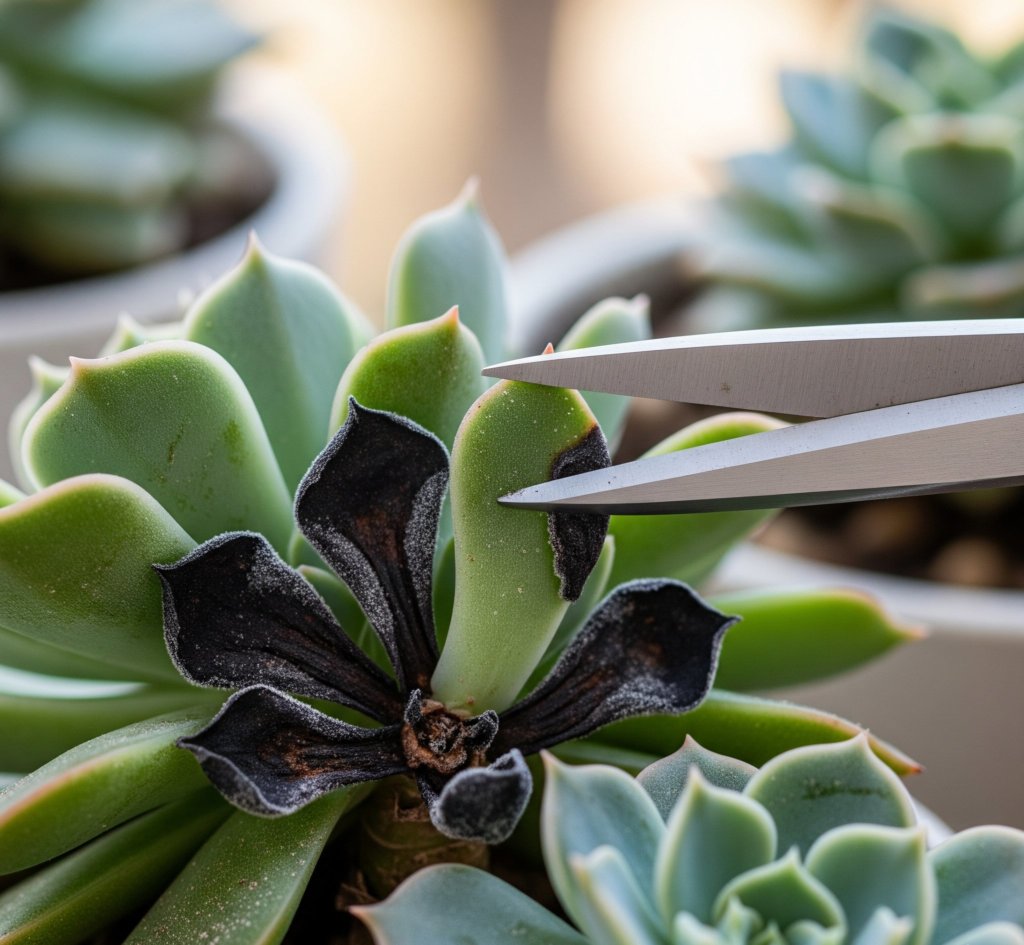
Start by checking the plant for visible signs of frost damage. Soft, mushy, or blackened leaves often indicate tissue death. In mild cases, you may only see discoloration or a slightly wilted appearance.
Remove damaged parts with clean, sharp scissors or pruning shears. Cut back to healthy tissue, but avoid over-pruning. Do not water immediately after frost, since stressed roots are prone to rot.
Keep the plant in a bright, dry location with good air circulation. Resume light watering only when the soil is completely dry and new growth appears. If the roots remain firm, the plant has a good chance of recovery.
For plants that have lost most of their foliage, you can propagate healthy cuttings. Allow cuttings to callus for a few days before planting in dry, well-draining soil. This method often saves varieties that do not regrow from roots.
Selecting Cold-Tolerant Varieties for Future Seasons
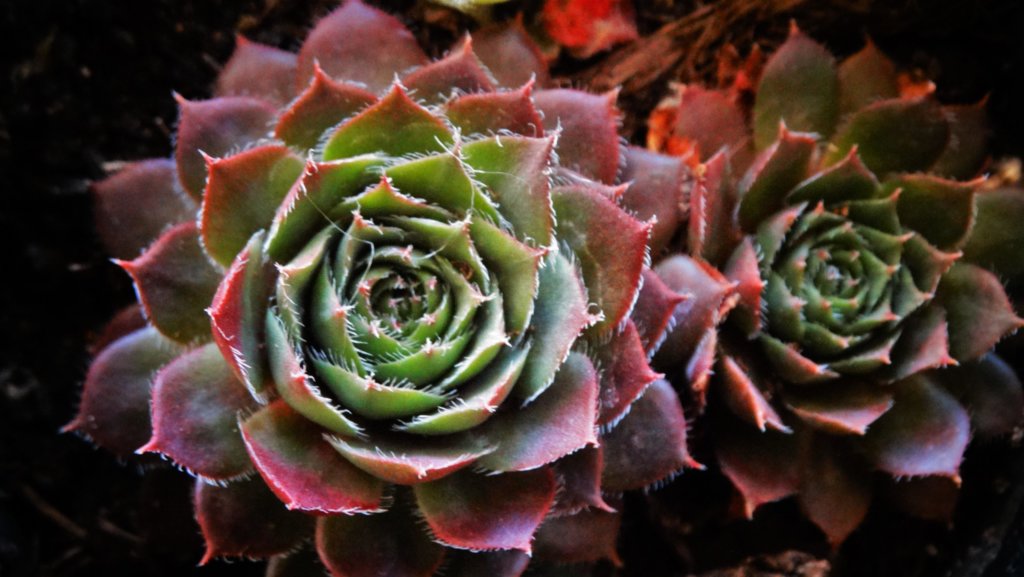
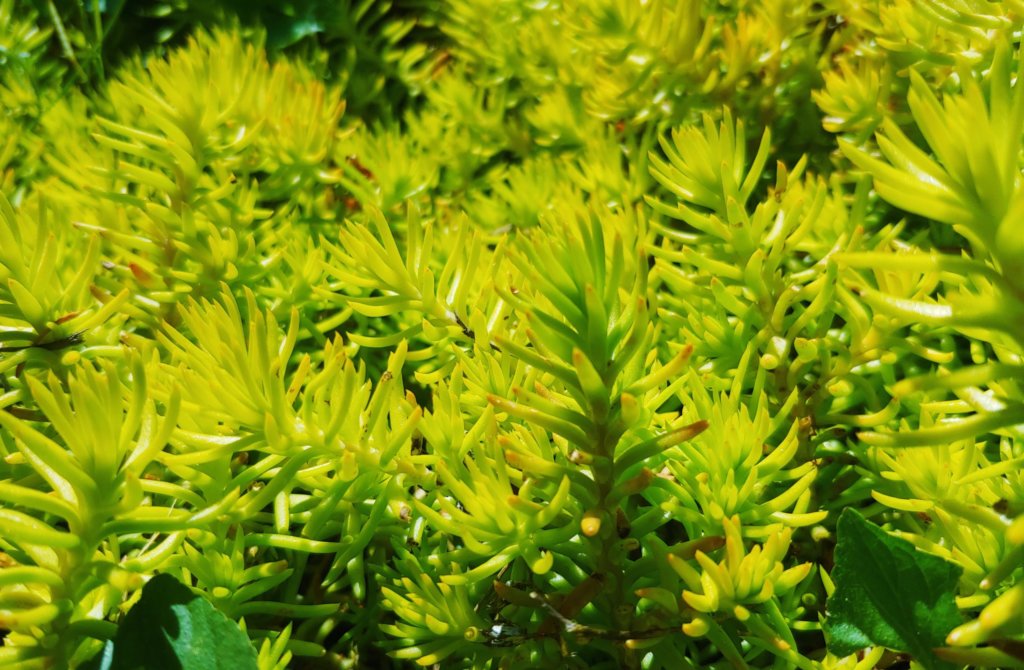
To reduce frost damage in the future, choose hardy succulents that can tolerate freezing temperatures. Sempervivum (hens and chicks) and many types of sedum survive snow and ice with little care. These species acclimate to cold by altering the chemical makeup of their cells, which lowers the freezing point of their internal water.
When planning your garden, mix tender succulents with hardy types. This creates a more resilient collection and reduces losses during unexpected frosts.
You can also group pots of sensitive plants together and keep hardy succulents in exposed spots. This makes it easier to cover or move only the vulnerable ones when frost warnings occur.
Using cold-tolerant varieties alongside protective strategies helps ensure your succulents thrive year after year, even in areas with regular frost.

